Building a Winning Small-Block Chevy V-8 for a 1959 Lister Chevrolet
June 2020 • By Nick Davies, ICEAutomotive.co.uk
Photos courtesy of Nick Davies & Eric Sawyer (action)The English take historic sports car racing seriously. Escalating values have proved no barrier to the competitive nature of racers and some of the best racing can be seen at the Goodwood Revival each year where insanely valuable cars can be seen tussling for pride of place on the podium.
The ‘Pre 1960 Sports Car’ class was dominated, for a long while, by various Jaguar-powered race cars, with the odd Ferrari, Maserati and Aston Martin thrown in. Small-production independents had their day in the fifties and names including Scarab, Sadler, Tojeiro and Lister all shared the spotlight.
With a small-block Chevy, this 1959 Lister-Chevrolet dominated European Pre-1960 Sport Car racing until it was no longer invited. Photo Eric Sawyer
Brian Lister was an independent manufacturer based in Cambridge, UK who had a reasonable amount of success, largely with Jaguar-powered cars before the advent of the rear-engined sports cars at the end of the fifties. Before the Jaguar powerplant, Lister tried both MG and Bristol engines and subsequently, for a brief period in 1959, a small-block Chevrolet.
Current rules for historic racing in the UK mandate car and engine specs must be based around configurations run ‘in-period’. Materials, capacities, induction-type, valvetrain design are all strictly controlled and policed. Competitive engine builders like little more than a tight rule book rigorously applied….
History tells us that developments of the Jaguar engine used ‘in period’ finished sometime during the sixties, whilst that of the small-block Chevy continued right up until the turn of the millennium so, for those with a little creativity, there is opportunity there, surely?
ICEAutomotive.co.uk was asked to build an engine for a 1959 Lister for competition and given free-range as to what to build—within the rules.
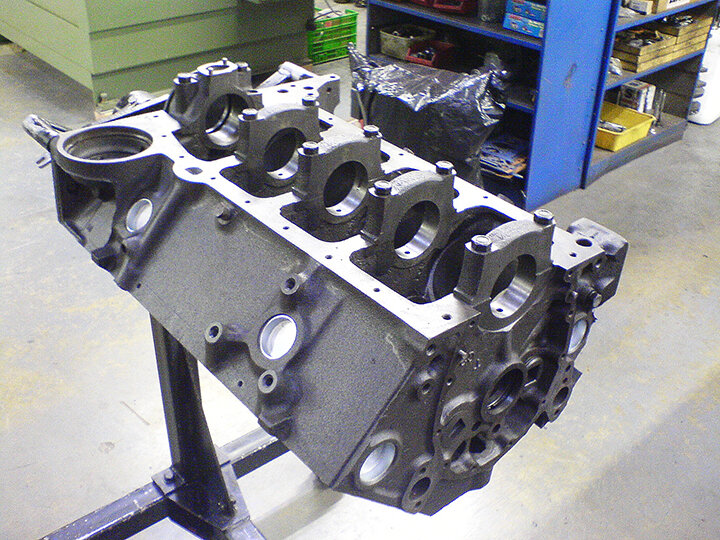

Anything not outlawed in a rule book should initially be treated as permissible.The 327 was introduced in 1962 so a standard bore GM 283 block was employed. Here you can see the bottom-end was strengthened by a four-bolt main conversion of the three center mains.
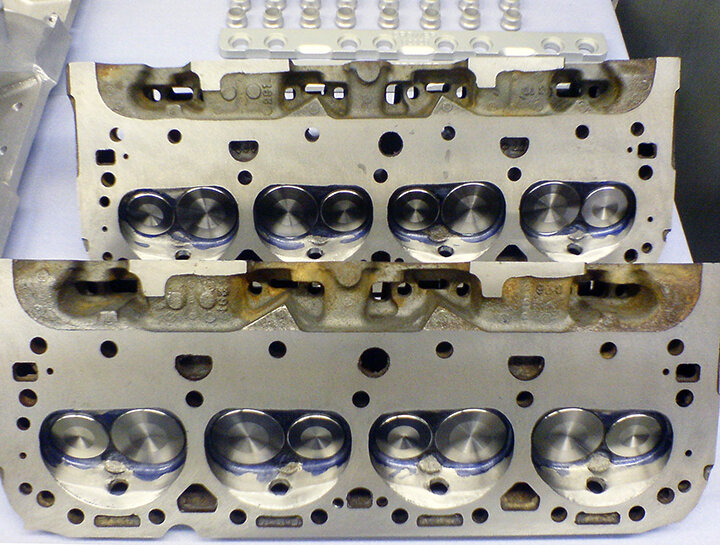
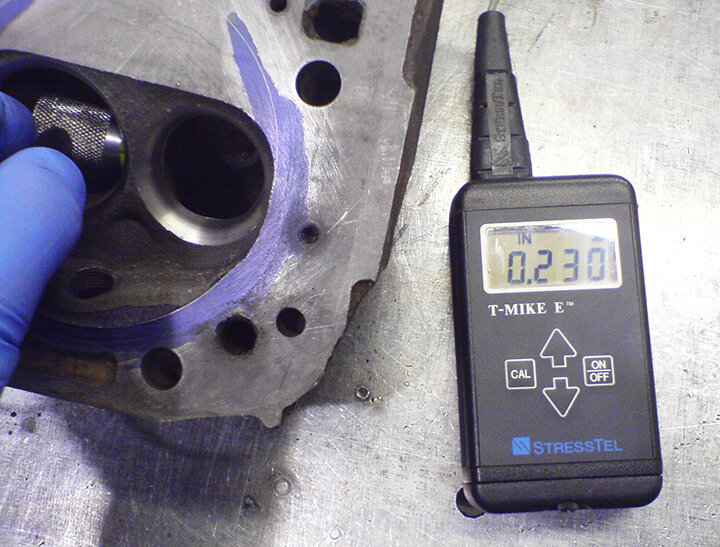
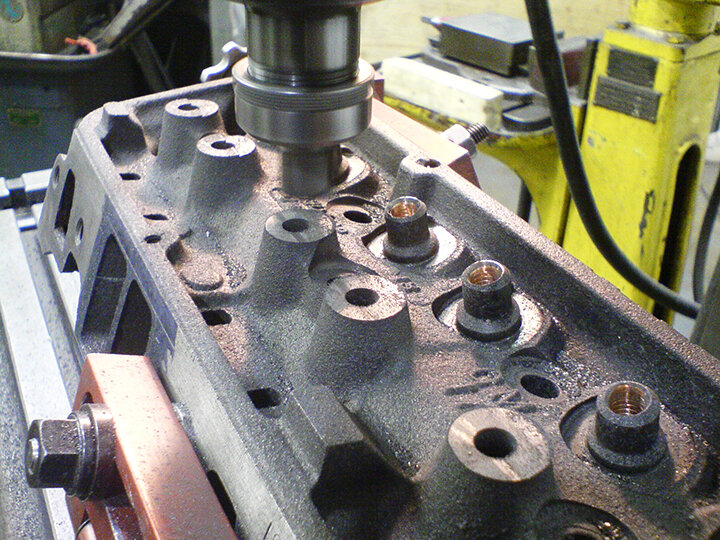
The significantly improved ‘fuelie’ heads were introduced in 1962 and therefore illegal, so a pair of earlier Powerpack heads were used. A sonic tester was used to work out where there was latitude to remove material prior to and during the head porting exercise. The rule book didn’t exclude screw-in studs, so facility for these was machined and they were employed.
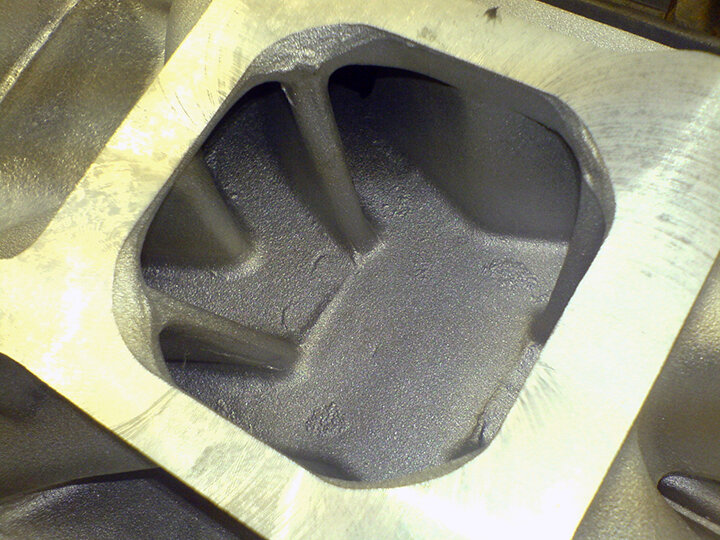
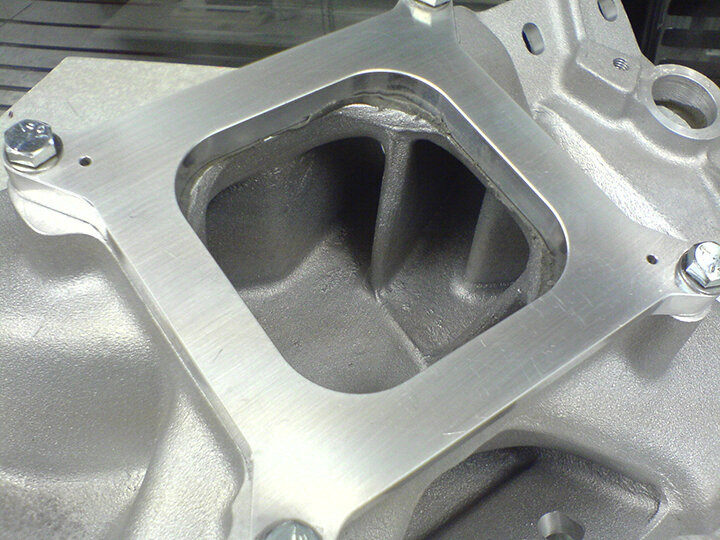
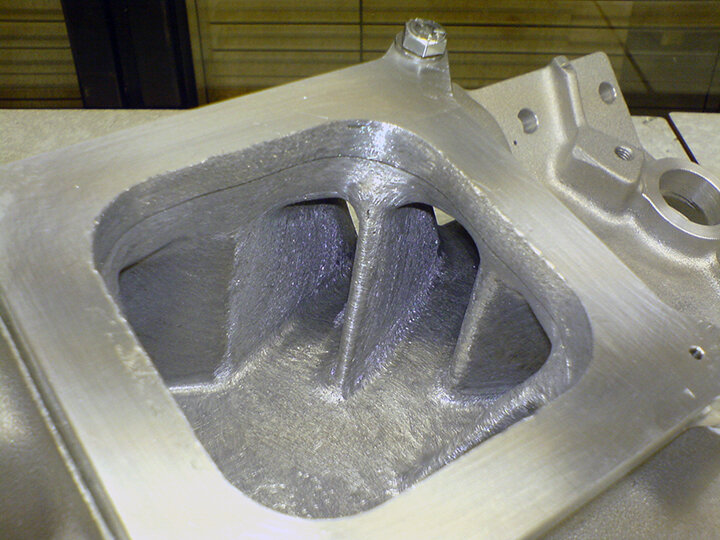
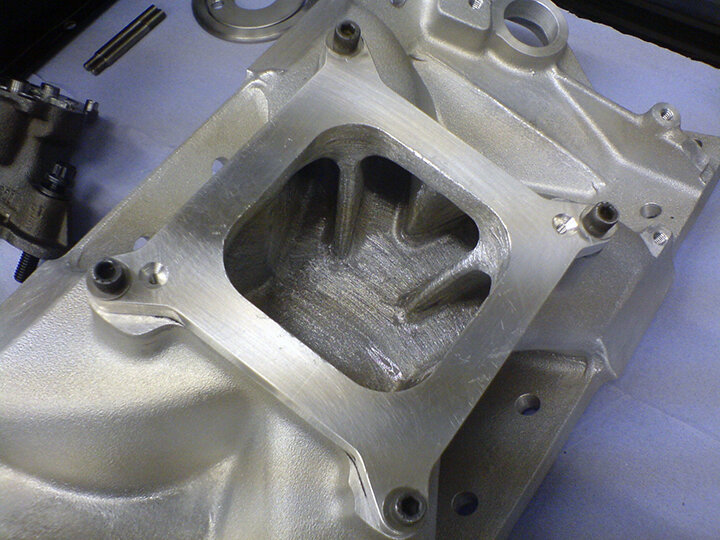
The rule book was relatively ‘free’ when it came to the intake and flow bench testing indicated that there was benefit in incorporating a spacer, so that was attached before final porting.
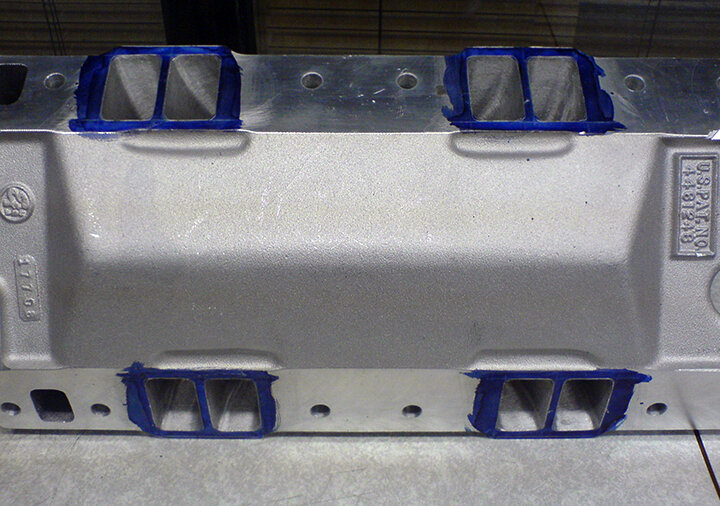
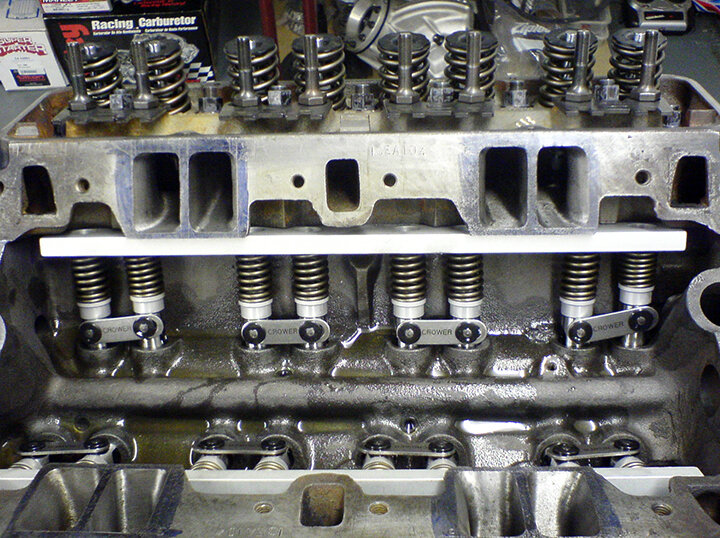
The intake ports were carefully matched to the Edelbrock intake manifold.
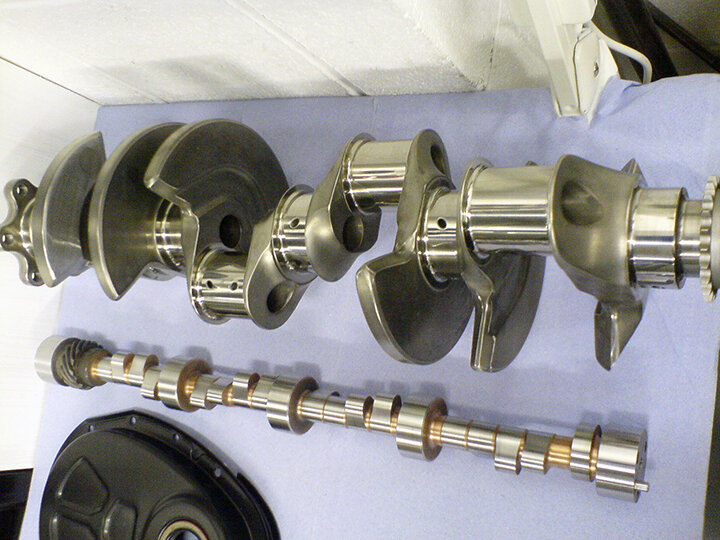
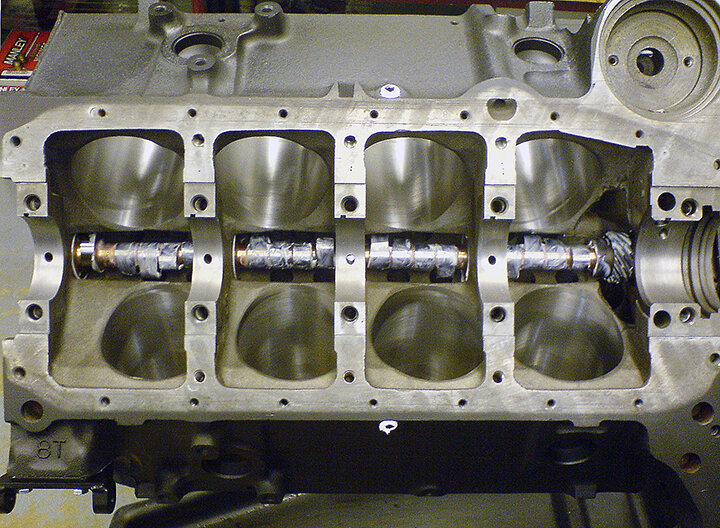
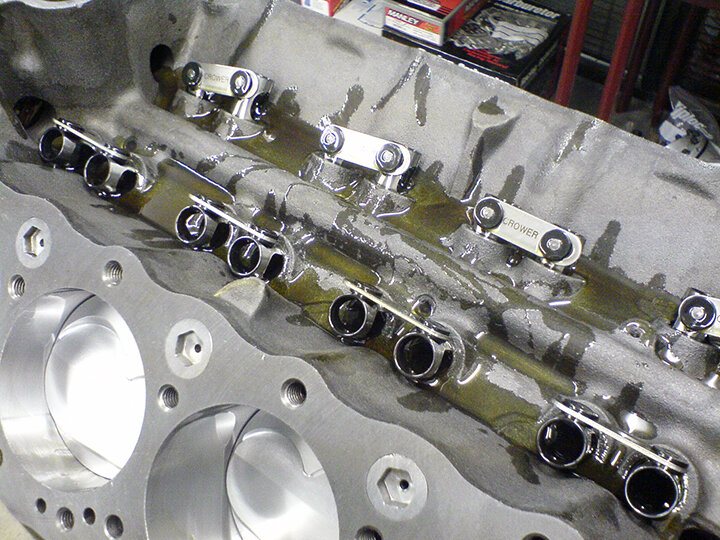
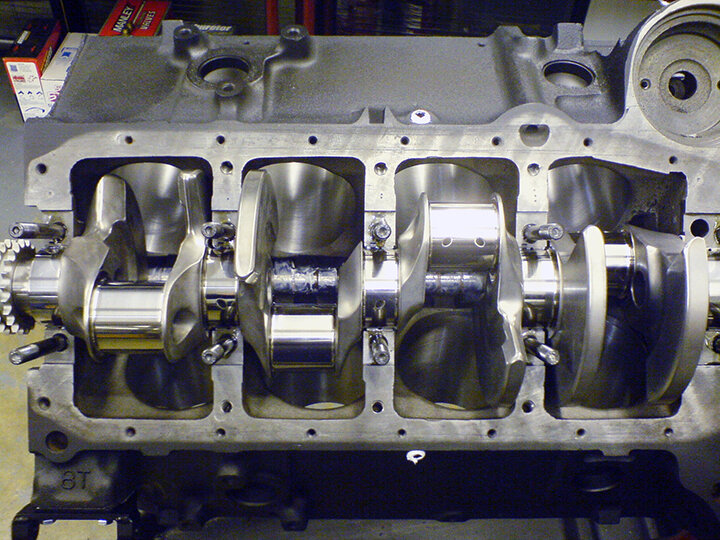
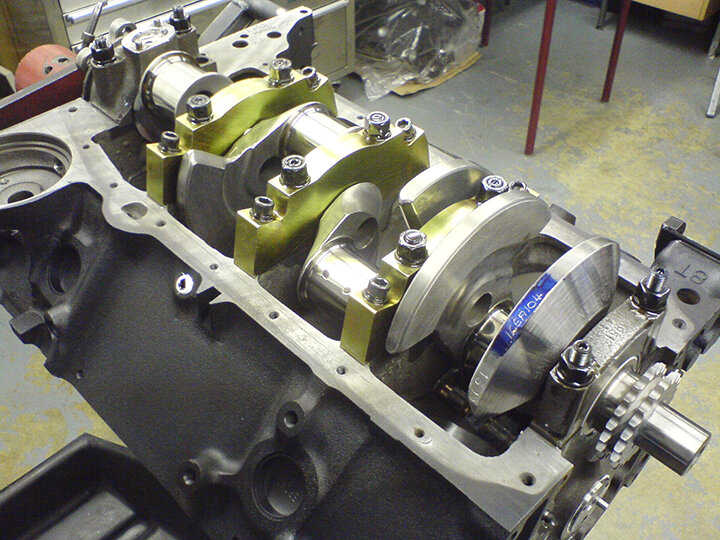
Other components were upgraded with focus on the application, desire for low maintenance, durability and target output. Weight savings were substantial. A Bullet roller cam and Crower valvetrain pushed the boundaries but was ruled legal. Crank is Bryant.
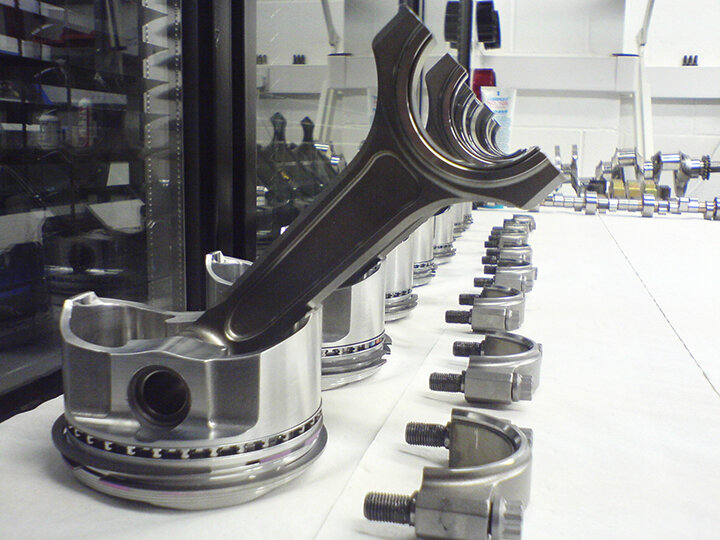
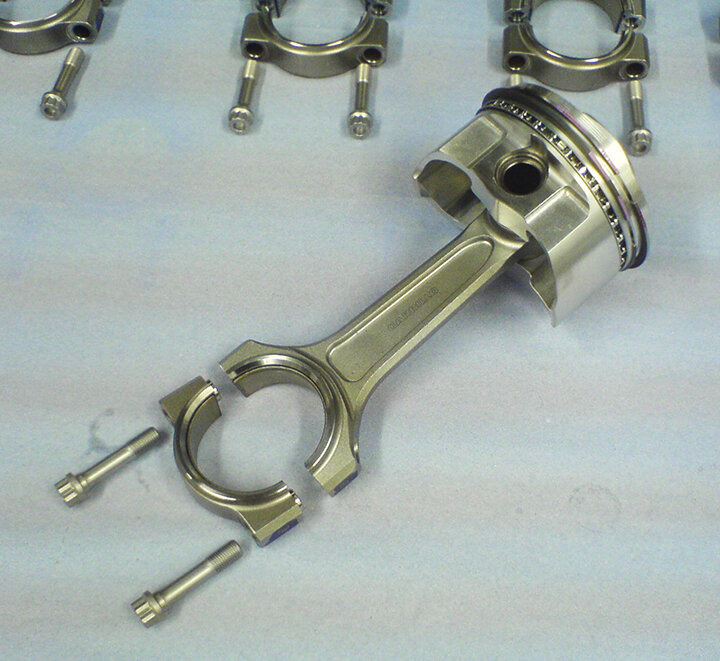
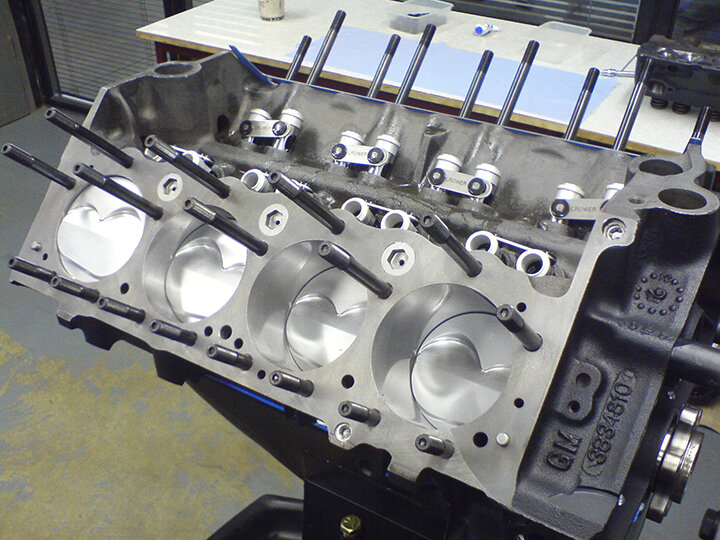
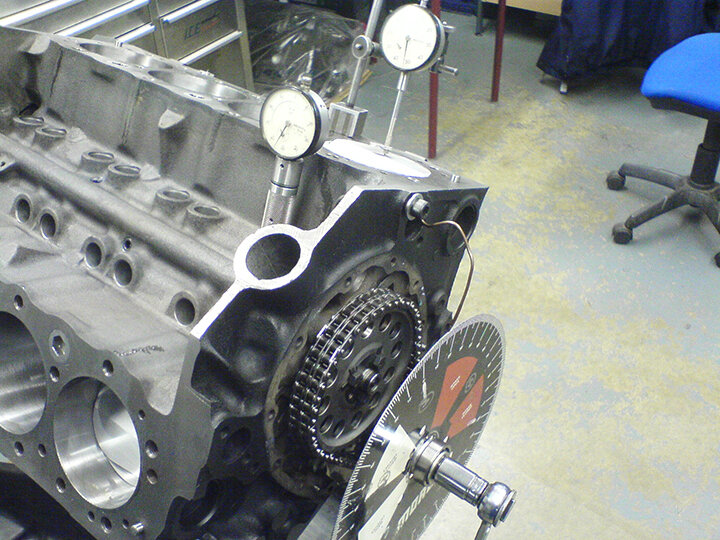
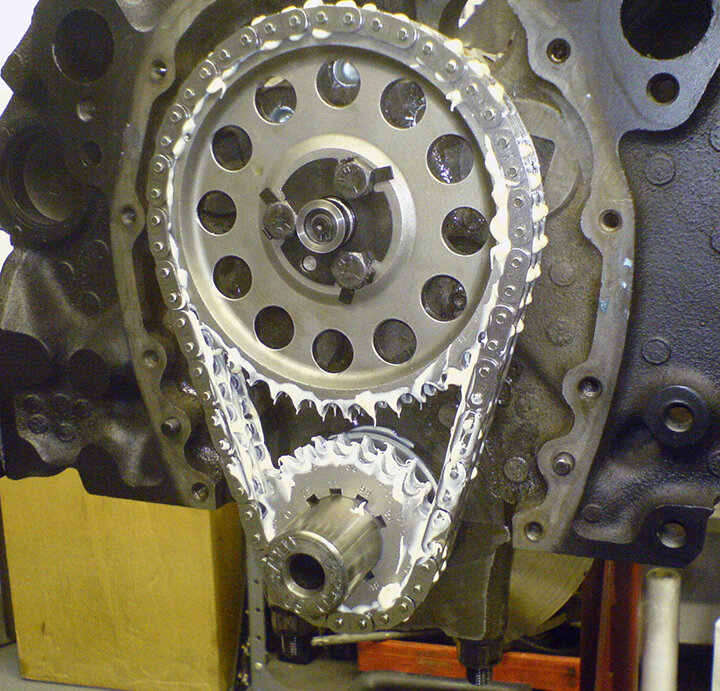
The completed engine was built entirely within the rules and ideal for the application. It was built with a 3.910-inch bore and a custom 3.350-inch stroke, giving a capacity of 321 ci with Carrillo rods and Wiseco pistons. Service intervals were set at 25 hours and during testing and race conditions, it didn’t miss a beat.
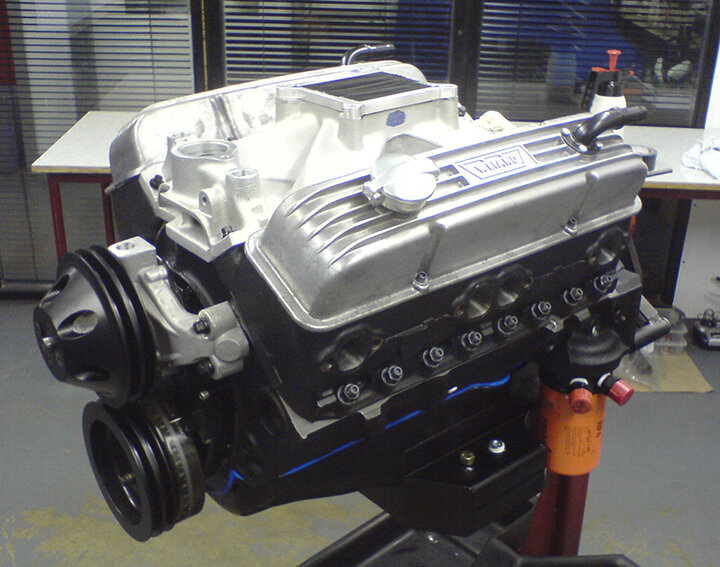
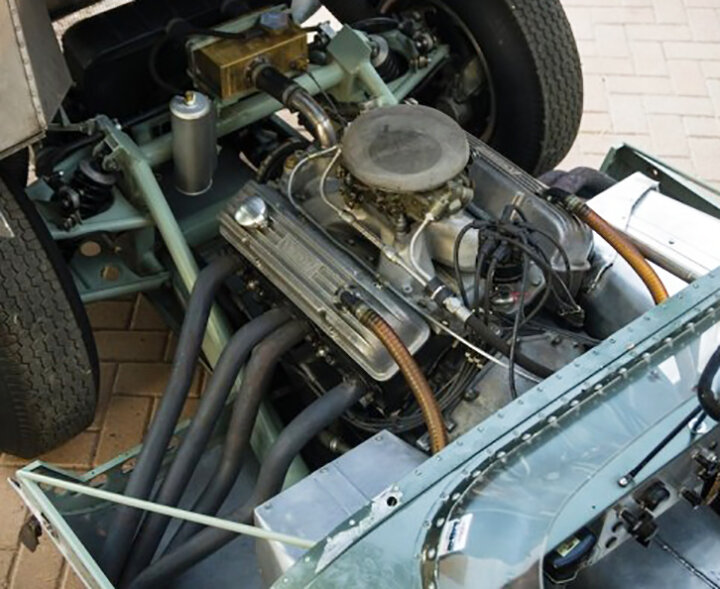
The driver was good and the car won the Silverstone Classic and received an invite to the prestigious Goodwood Revival where it qualified on pole for the Sussex Trophy and won the race by some margin over an international field. Interesting to speculate as to why, but it was the only time the car was invited…..
It also set lap records at a number of circuits including Goodwood and Spa. The engine made 435 hp and helped in the car achieving over thirty top three finishes in some of the most prestigious races in Europe, leaving many an E-Type, Aston Martin and Ferrari in its wake.
The following year, the rules were changed specifically for Lister Chevrolets and a restricter plate was mandated between the carburetor and the intake. We took that as a compliment…..
If you’re interested in a high-performance V-8 for any application contact ICEAutomotive.co.uk




